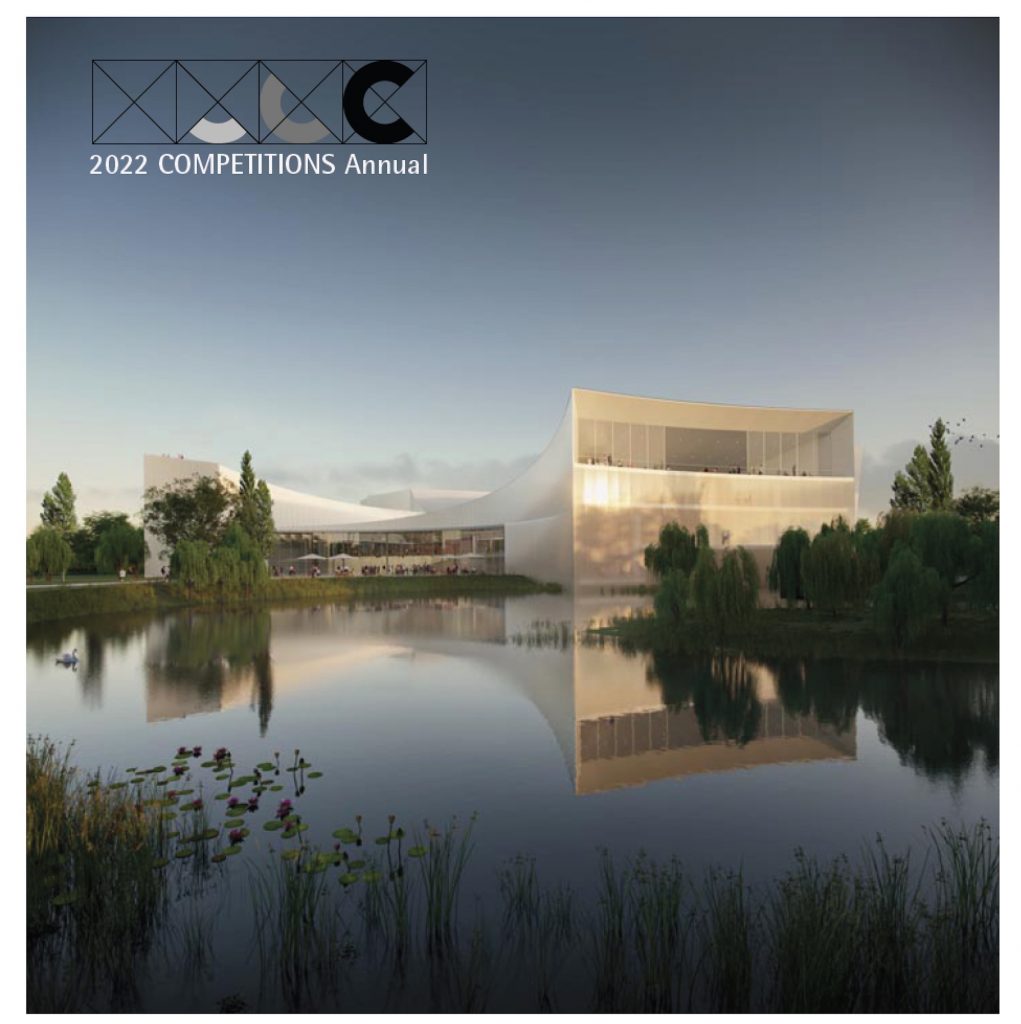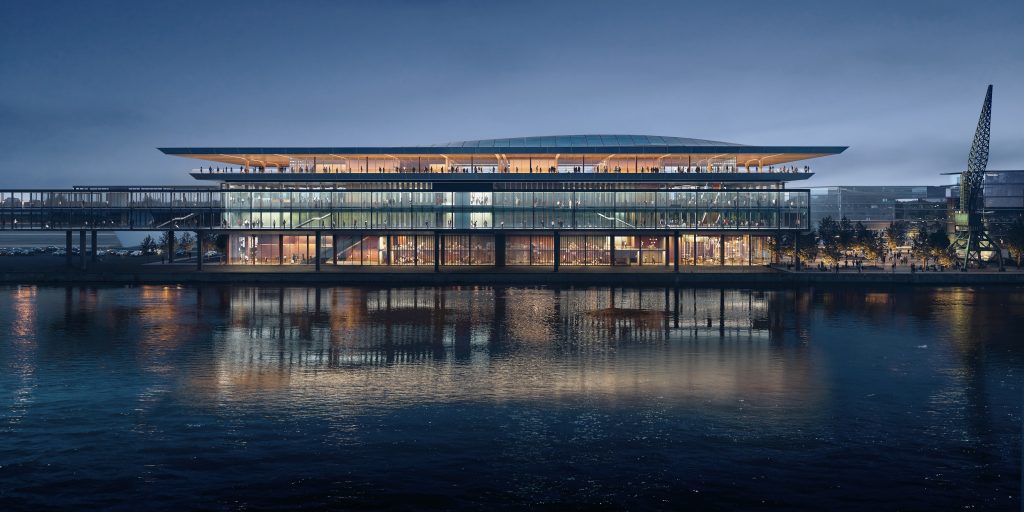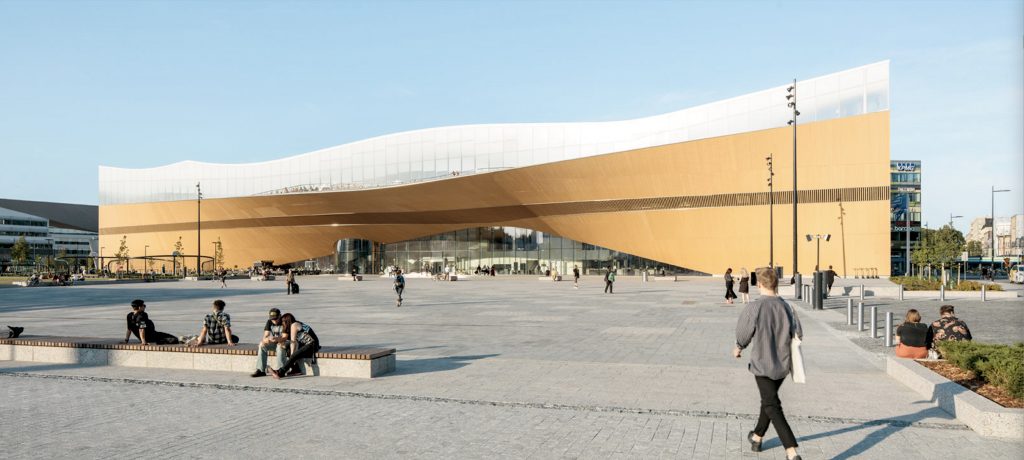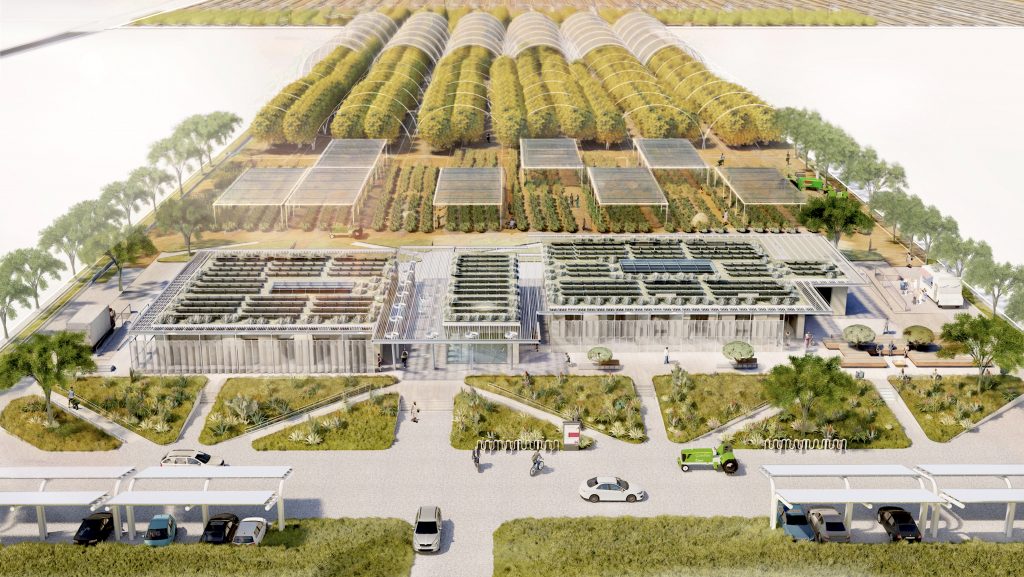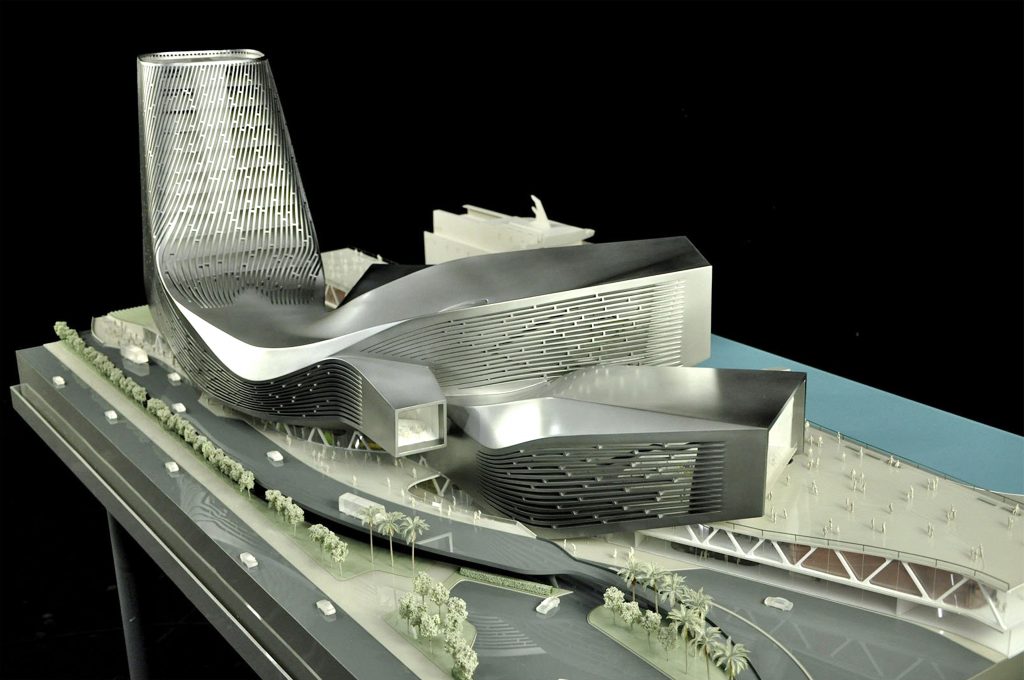Sponsor: Cheongju City government
Type: International, open, two-stage
Fee: None
Languages: English and Korean
Process:
In open competition Phase 1, five teams will be shortlisted to participate in Phase 2.
In addition to those five teams, three firms have been preselected to also participate in Phase 2: Snøhetta, Daniel Libeskind and Dominique Perrault.
Schedule:
7 February 2020 – Registration deadline, Phase 1
27 January 2020 – Q&A deadline
13 March 2020 – Submission deadline, Phase 1
20 March 2020 – Winners announced
27 March – 10 April 2020 – Registration deadline Phase 2
(Phase 2 compensation for invited firms: approximately US$33,000)
Awards:
1stPrize – Priority negotiation rights on design development and construction documents
2ndPrize (1) – 30,000,000 KRW (US$25,000)
3rdPrize (1) – 20,000,000 KRW (US$17,000)
4thPrizes (5) – 10,000,000 KRW (US$8,500)
Estimated construction cost: US$116,000,000
Estimated design fee: approximately USD6.54M USD
Jury:
The jury consists of seven Korean university faculty and members of architecture firms. (See announcement)
Site:
The site for New Cityhall is seated in the general commercial region # 89-1, Bungmun-ro 3 ga, Sangdang-ro, Cheongju City, Chungcheongbuk-do, S. Korea. The area of the site for competition is 28,459
Total Floor Area : 53,000 ㎡
Objectives of Competition:
Since the integration of Cheongju City and Cheongwon County, a regeneration project to restore the core functions of the original city center has been promoted. By linking the project with the new City Hall, which will be constructed by 2025, it is aimed to achieve balanced regional development through revitalization
The competition is intended to build an integrated City Hall which will conform to the urban future of ‘Cheongju City’ so as to address the following three issues: 1) inefficiency of dispersed administrative services, 2) improving the quality of administrative services, and 3) citizen inconvenience.
Also, it is aimed to have the effect of city restoration by linking with various maintenance works in the nearby area, and to secure symbolism by utilizing the existing building which has historic value.
A place for Accessibility
It should be designed to provide public space where citizens can openly use, and to revitalize the old city center. Also, complex cultural space to have effective communication with citizens should be planned.
A place for integrated City hall and openness of public offices
It should be designed to provide open space which would allow citizens to have the perspective of self-governance, and promote the consciousness as a decision maker.
A place for efficiency and maximization of space for work and citizen convenience
In order to respond to changes in the administrative working environment and in the needs, the space layout should be considered to provide high quality administrative services through the concentration of administrative functions. Also, changeability and flexible space composition should be taken into account for possible future expansion and needs.
A place for utilizing the main building of current city hall
It should be designed as a symbol of harmony and fusion of the new and the old buildings through the effective use of space and history of the main building which keeps a record of Cheongju City.
To access the competition documents, registration is necessary at:
http://www.cjnewcityhall-compe.org/sub01/sub01.php



























